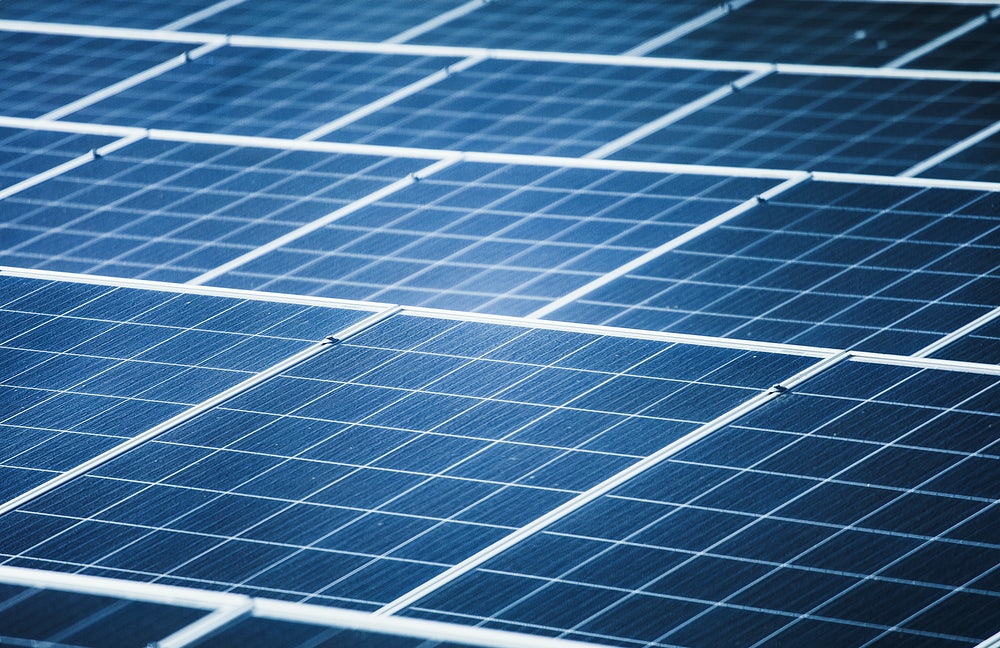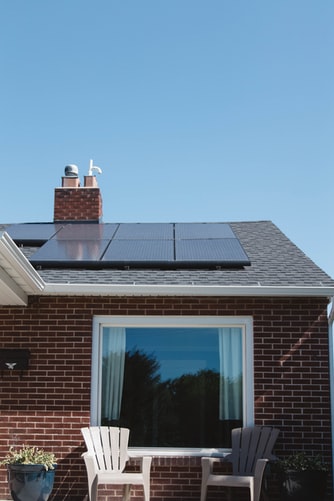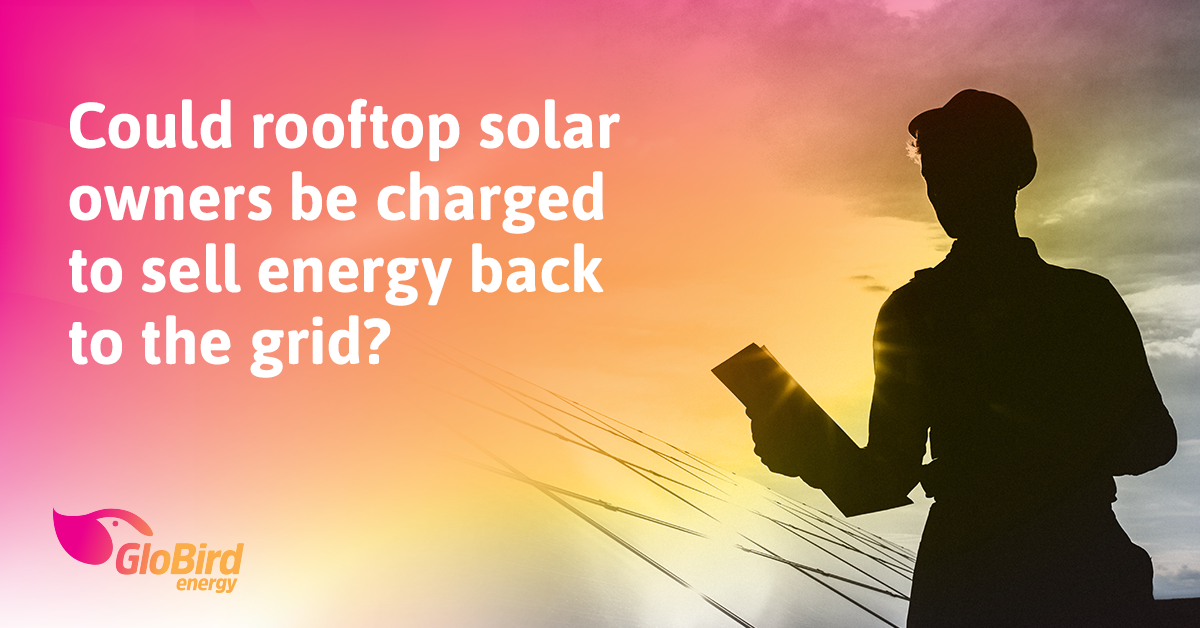When the electricity grid was designed and built there was a large generation source at one end and consumers at the other. It started with heavy cables strong enough to handle the extreme electrical current coming from the generator and the web of wires and infrastructure got smaller with less current being distributed over thinner wires the closer it got to homes.
Back then it was never imagined that this one-way system would one day have generation at the smaller end, which was, after all, supposed to be the end and not the start.
As rooftop solar penetration increases, we’re seeing much greater generation coming from areas never designed to cope and the grid is being put under severe strain as it tries to manage extremes and regular fluctuations.
Every part of the system is impacted because renewable sources are supplying a significant proportion of our energy needs some of the time and an insignificant proportion at other times.
While this does mean cheaper energy is available to many households, there are knock-on effects that make it more challenging to share the benefits across the population. The grid itself will need to be re-designed, and this could be expensive.

South Australia is leading the way
In its quest to become a world leader in renewable energy, South Australia has already started to suffer from the growing pains associated with the widespread adoption of new technology.
At certain times last year, 64 per cent of South Australia’s power demand was met by rooftop solar alone, and the Australian Energy Market Operator (AEMO) forecasts that figure could reach as much as 85 per cent within the next five years.
It’s been excellent to see more and more homes embrace this green renewable source of generation, taking real action to help the environment.
However, the state’s grid is already reaching its capacity to support household solar networks, and the renewable energy industry is concerned about what will happen as even more customers put photovoltaic arrays on their rooves and look to feed their excess energy back into the network.
As it is, when high levels of solar output coincide with low levels of demand, for example in the middle of fine days that aren’t too hot, the demand on the grid is ‘hollowed out’ to such an extent that base-load generators are struggling to operate safely.
While we’ve seen various government incentives over the past decade or so aimed at encouraging households to not only install rooftop solar panels but to then feed any excess energy back into the grid, those days look to be in the past.
Can the grid continue to cope?
There are a couple of things that AEMO has been considering that are worrying consumers.
One measure being discussed is a way to not only monitor the output of household solar but to control how much energy this generation source is allowed to contribute to the network.
Ultimately, they’re looking at remotely controlling panels to ensure that the security of the grid isn’t compromised, which could happen if the amount of energy flowing from this unregulated source exceeds a tipping point.
Consumers are already seeing that their inverters are turning off at times because of voltage rising in the network.
The second measure that has been proposed is charging householders for exporting energy collected via their rooftop solar panels to the electricity grid at times when the grid is under strain.
Not surprisingly that’s upset people who invested in rooftop solar arrays with the reasonable belief that these would ‘pay for themselves’ both through savings gained from using their own generated power and with the additional income from selling their excess to the network.
Now, rather than making money from feeding the grid, they could be faced with paying for the opportunity to ‘dispose’ of their unused electricity. A solution for this may be more and more home batteries that can store the excess power to use later when the sun goes down.

There’s some support for the proposal coming from a surprising source
Welfare groups have long been concerned about those who could be left behind as those who can afford their own means of power generation take advantage of the options that technology offers.
They warn that households without solar could be unfairly burdened with the costs associated with rebuilding the grid to cope with the increased penetration of rooftop solar, while those with the panels and getting the benefit of that infrastructure work would effectively be heavily subsidised by those contributions.
However, it might not be a case of paying for every bit of energy exported.
Under a rule change proposal put forward by the Australian Council of Social Service (ACOSS) and the Total Environment Centre, solar owners would only pay if they chose to increase their export limit beyond a base level.
The modelling suggests that solar owners could actually be better off paying a small amount to make additional exports.
It needs to be fair for all
As we’ve written previously, we normally support any measures that result in cheaper electricity for all. But this one was a real surprise.
Like AEMO, we have cautioned against any changes to our energy generation and supply landscape that leaves behind some users. We think everyone can understand the point that those who don’t see any of the benefits of solar shouldn’t be unfairly burdened with the costs associated with the changing landscape household solar generation is demanding.
The ideal outcome is that the biggest users pay the most for any necessary changes or upgrades to the system and that the cost is spread as equitably as possible.
We’ll continue to monitor how rooftop solar owners are not only contributing to the changing mix of energy generation but also to helping make cheaper electricity more readily available to all.
Importantly, we’ll also be watching closely to see how effective changes to our existing ‘legacy’ infrastructure are and what the timeline is for those much-needed changes.
